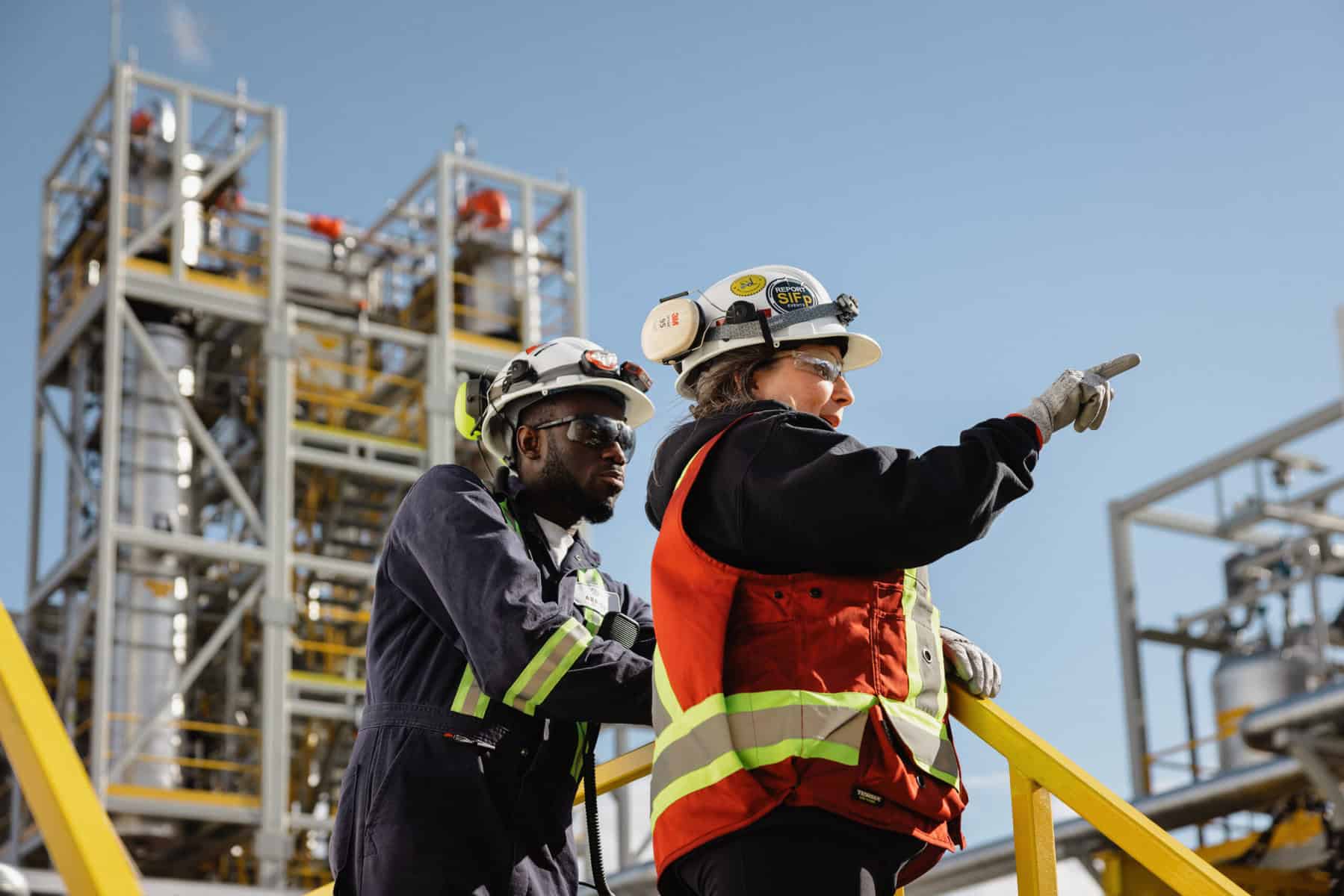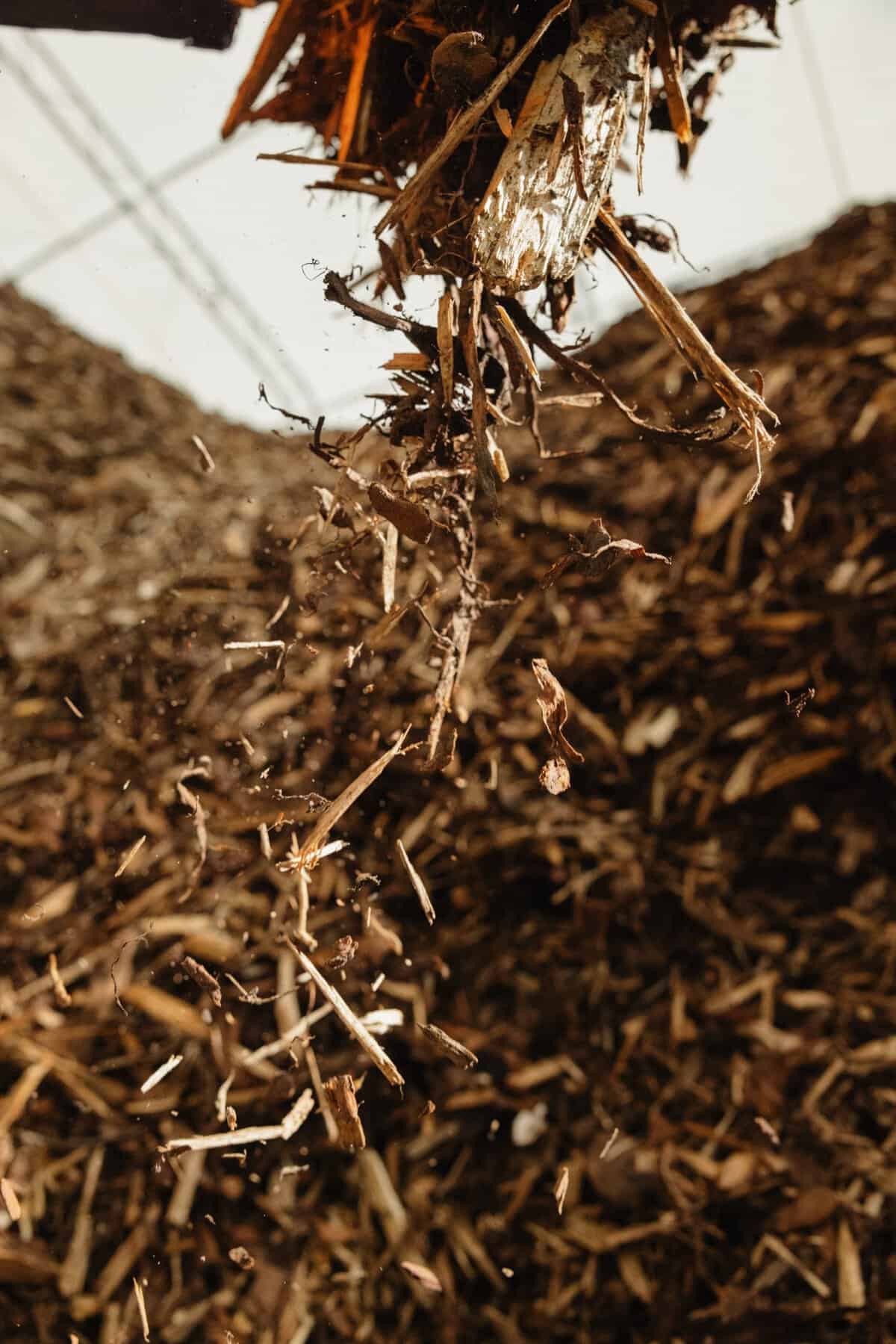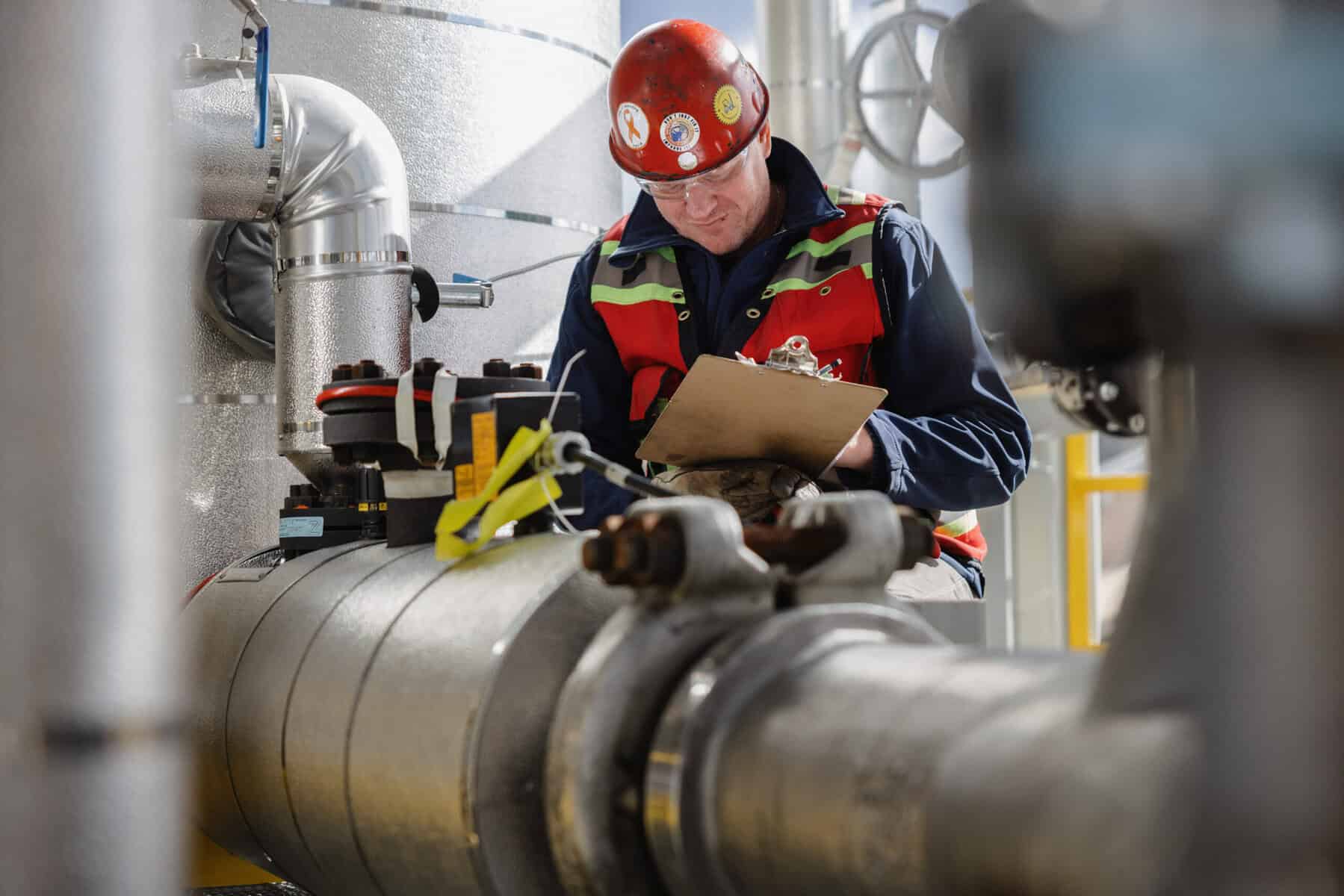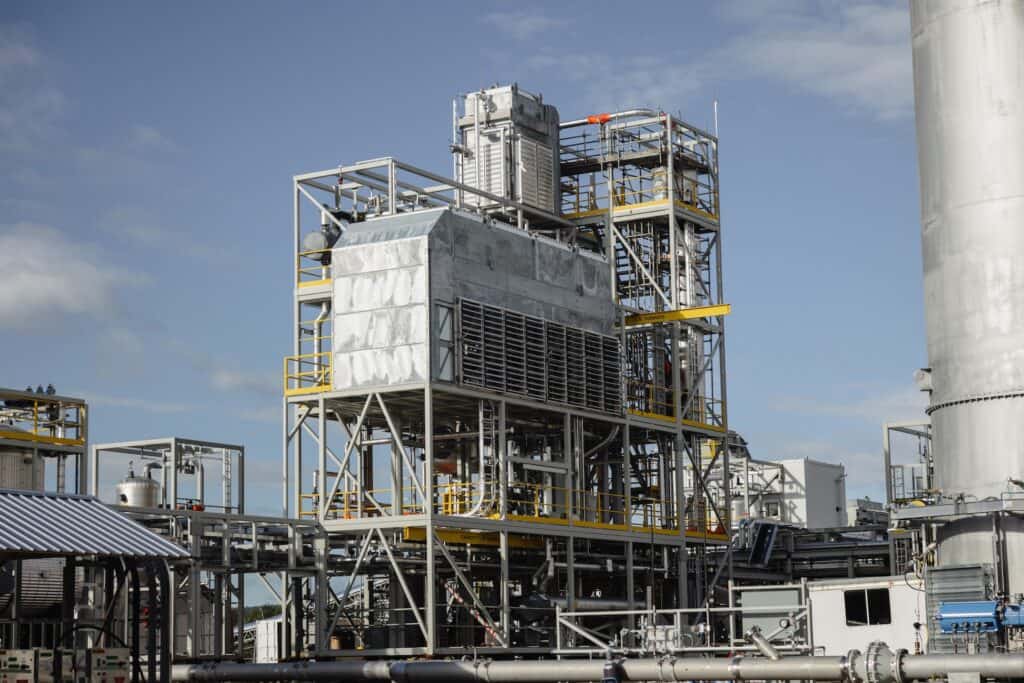Implementing
sustainable solutions
We turn emissions challenges in to opportunities: by using low value biomass residues to create essential resources for biofuel production, we’re driving industries and transportation towards a carbon neutral future.
Bio-waste to bio-oil:
Renewable resource revolution
Our hydrothermal liquefaction process transforms bio-based feedstocks and biogenic forms of municipal solid waste into biofuel intermediates. Our bio-oil can be refined into sustainable fuels for hard-to-abate sectors like aviation and marine transportation, accelerating the shift towards a circular, low-carbon economy.
The Cat-HTR™ process: from waste to value
Building sustainable solutions from environmental challenges
We collect low-value forest residues, agricultural residues and bio-genic forms of municipal solid waste. These materials, which would typically be burned or left to decompose, become our raw material for our versatile hydrothermal liquefaction treatment.
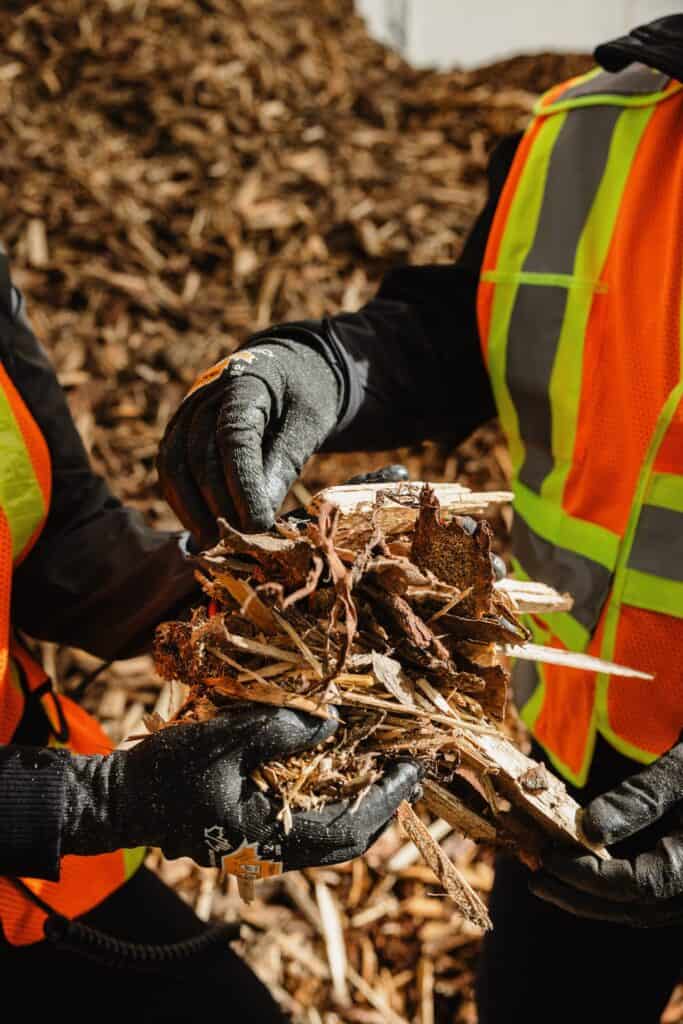
Innovation for the future
Our water-driven process unlocks the hidden potential in low-value biomass materials, creating sought-after resources. Embodying circular economy principles, we’re forging a path to a regenerative, carbon-conscious future by converting underutelized resources into high-value, sustainable carbon-based products.
Slashing methane emissions from decomposition by re-purposing bio-waste into bio-resources
Creating sustainable, high-value fuels for low-carbon transportation solutions
Spearheading circular economy growth through innovative waste-to-resource technology
From pilot to commercial: scaling success at Chuntoh Ghuna
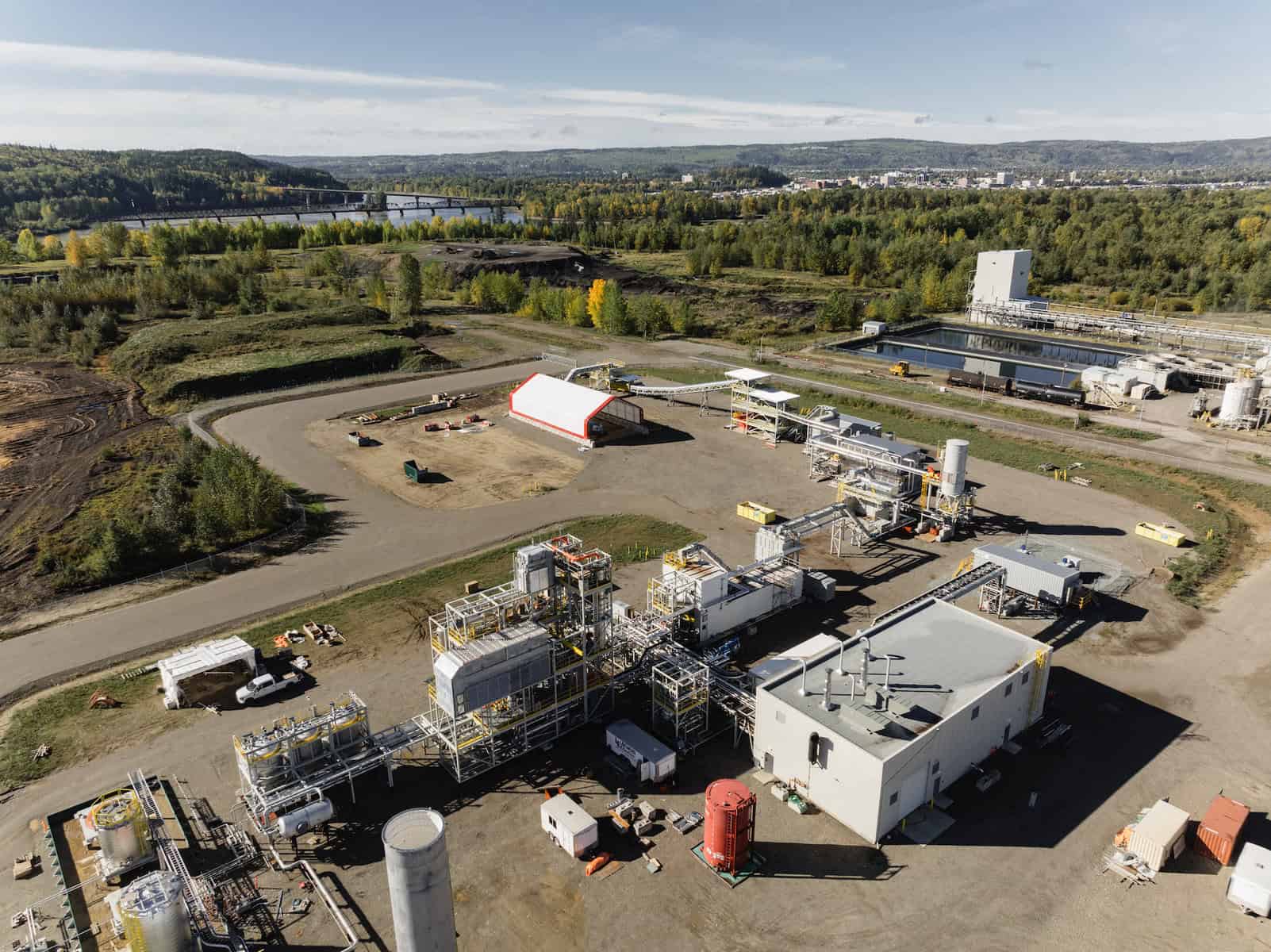
Our innovation journey began in Somersby, Australia – our first small-scale HTL plant. This success led us to North America’s Chuntoh Ghuna, with the capacity to convert 25,000 dry tonnes of wood residue into 50,000 barrels of bio-oil yearly.
As the world’s largest Cat-HTR™ plant, Chuntoh Ghuna marks a significant leap in commercial biomass to liquids solutions. With potential for fourfold expansion within its existing footprint, it heralds a new era in renewable resource production.
Supporting jobs in sustainable industries
“The U.S. industrial bio-economy supported nearly 644,000 domestic jobs, contributed $210 billion to the U.S. GDP, and drove $49 billion in wages,” according to Growth Energy.
